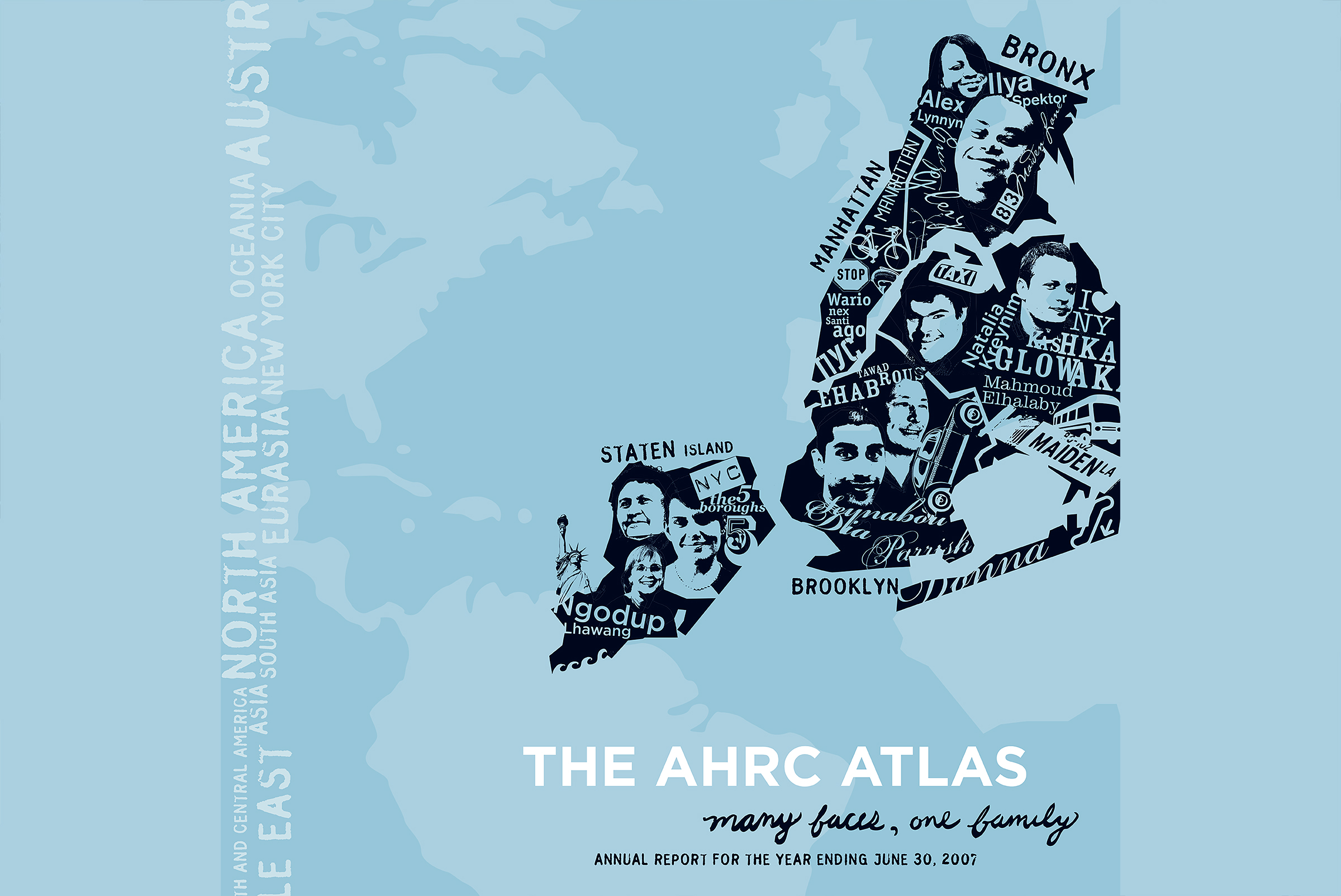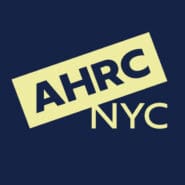Many faces, one family
We are proud to announce the publication of AHRC New York City’s Then & Now, AHRC New York City’s Annual Report for the Year Ending June 30, 2007. (opens pdf file)
Below you will read about a few of our “family,” who hail from the continents of: North America, Central and South America, Asia, Africa, Europe, and Oceania or Australia, and from the geopolitical areas of North and Eastern Eurasia (the area that was once the Soviet Union) and the Middle East/South Asia. These are a few of the many individual faces that together create the AHRC Family portrait. It is a family in which we take great pride, a family that can lay claim to making the world a better place.
OUR MISSION & VALUES
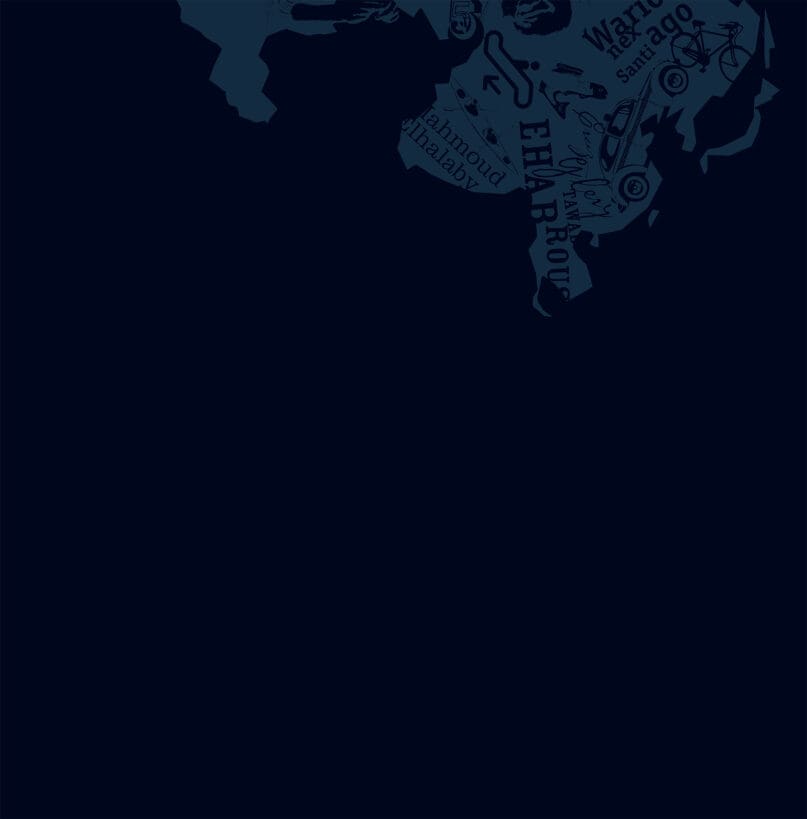
Our Mission
AHRC New York City, a family governed organization, is dedicated to enhancing the lives of individuals with intellectual and developmental disabilities and their families.
Values
Each member of the organization is committed to promoting a culture that embraces:
Passion:
Committing wholeheartedly to the mission of the agency.
Respect:
Responding to all members of the AHRC community with courtesy, kindness and open and honest communication.
Integrity:
Making decisions based on fairness, honesty, morality and ethical principles.
Diversity:
Respecting and appreciating the differences found among individuals with intellectual and developmental disabilities, their families and our colleagues.
Excellence:
Providing an environment in which distinction and merit are affirmed, celebrated and enhanced.
59 Years of Finding Ability in Disability
The organization that created the first schools, workshops, day treatment programs and community residences, continues to meet the needs of the people served. We offer individuals with developmental and intellectual disabilities a menu of supports, programs, and services tailored to meet their specific wishes and needs.
For infants, toddlers and children, AHRC offers: evaluations to determine the nature of a child’s delays; information and referral; early intervention comprised of various therapies and education services provided in the home or at a center-based program; preschool programs for children with developmental delays; a specialized array of services for children with autism, (preschool, elementary and middle/high school) that utilizes Applied Behavioral Analysis (ABA), as well as other specialized techniques; speech, physical and occupational therapies; psychological counseling; Head Start classes; inclusive programs where children with disabilities learn alongside their peers without disabilities; and educational advocacy to ensure that all school-age children receive the services to which they are entitled.
For adults, AHRC offers: a variety of opportunities with varying degrees of structure and support, where adults – from young adults to senior citizens – can engage in activities during the day that will enhance their skills of daily living, work for pay, volunteer in the community and provide them with supports necessary for community exploration; supported employment in AHRC-run businesses, as well as opportunities for competitive employment; specialized services for persons with traumatic brain injuries; alcohol and substance abuse treatment; training to prevent domestic violence; residential opportunities in group homes, supervised apartments and independent settings, and residential services for medically frail individuals and those requiring 24/7 nursing services.
For individuals of all ages, and their families, services include: day camp, sleep-away camp and recreation programs; primary medical care and referrals to specialty care; clinical services such as evaluation and testing, speech, physical and occupational therapies; case management and service coordination; counseling and mental health services; home care services; a variety of respite opportunities to give families a break from the job of caretaking; sibling services for typical children who have sisters and brothers with disabilities; legal services including guardianship, future planning and information regarding entitlements; family education; information and referral services.
A MESSAGE FROM THE PRESIDENT
Laura J Kennedy
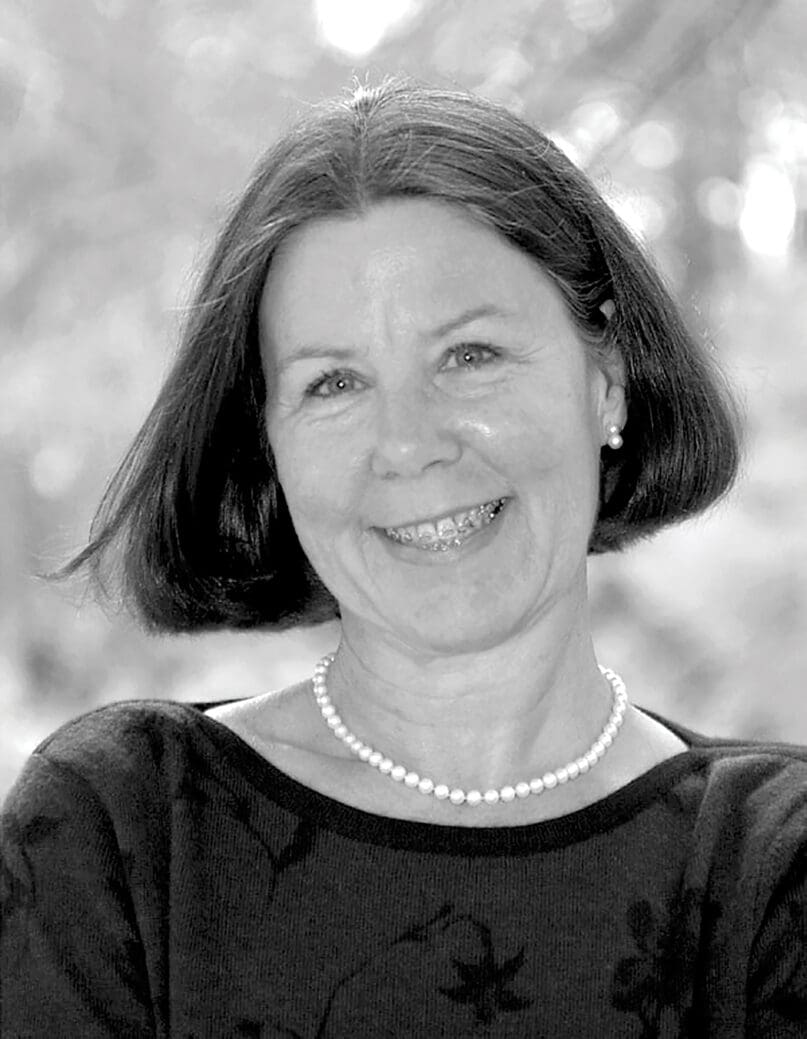
As this wonderful organization begins its sixth decade of serving thousands of individuals and their families throughout New York City and as I end my term as president, let me take a moment to share my thoughts with you.
The board of directors of AHRC recognizes that the strength of AHRC is in the cultural diversity of its members, staff and board. By working together, we have accomplished amazing things, a myriad of services relevant and sensitive to the unique needs of people with intellectual and other developmental disabilities.
Our move in 2006 to a new main office building in downtown Manhattan has been a positive experience for everyone. AHRC continues to expand services to meet the ever changing needs of people throughout their lives. For example, a new residential program serving those with complex medical needs opened in Queens this past year. A similar program will soon break ground in Harlem. Through a person-centered planning approach to designing successful services in all our program areas, AHRC has offered participants the ability to pursue their interests and individual needs. AHRC continues to respond to the needs of individuals with Autism Spectrum Disorder. Working with OMRDD, AHRC is expanding the number of residential homes and apartments throughout New York City while reducing the size of some existing homes in order for individuals to have greater opportunities for more personalized residences. Employment throughout New York City continues to expand and create success stories for individuals with disabilities, thanks to the partnerships spearheaded by the AHRC Department of Employment and Business Services. Finally, summer recreational experiences continue to flourish, with many wonderful additions to both Camp Anne and Harriman Lodge.
This vibrant and exciting organization offers a collection of a thousand heartwarming stories each and every day. I am thankful to have served as the President of AHRC New York City for the last three years. It has been an honor and a privilege.
A MESSAGE FROM THE EXECUTIVE DIRECTOR
Michael Goldfarb
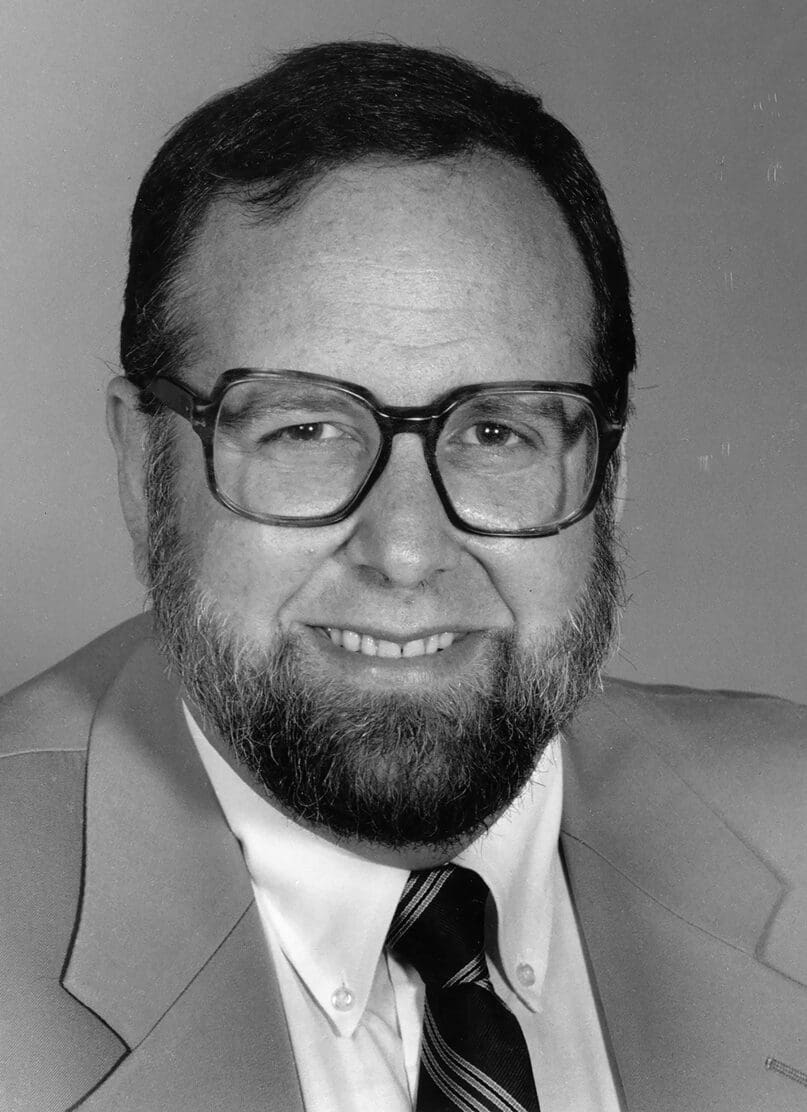
Under the leadership of AHRC New York City’s Board of Directors, its Diversity Committee, Chaired by Marilyn Jaffe Ruiz, and President Laura Kennedy, AHRC embarked in early 2006 upon an aggressive, enlightened and far reaching initiative to enhance the awareness, respect and support of the Agency in the area of cultural diversity.
The Board of Directors realized that the future will increase our dependence upon the participation and support of individuals of more diverse backgrounds. We must be more sensitive. We must be more involved. We must be more competent in this area.
As an expression of this commitment, the Agency has established a Diversity Advisory Council made up of employees from around the Agency interested in providing us with their insight. It is a first step in a process that will continue for years and years. With their help, you may be assured that AHRC New York City will increase its sensitivity and commitment in the area of diversity competency.
This year’s annual report, the AHRC Atlas: Many Faces, One Family is just one small expression of the very diverse AHRC family.
AHRC began as an expression of a view that people who are different deserve supports, services and an environment which respects their difference. The same principle applies to our work force as well. I am proud to be a part of this initiative. I am also proud to be a part of the day to day work done by AHRC to support individuals with developmental disabilities, work that expands in scope and depth with each passing year as reflected in our annual reports.
THE AHRC NEW YORK CITY ATLAS: MANY FACES, ONE FAMILY
The AHRC family has always reflected the demographics of New York City. In this “era of globalization,” our city is more diverse than ever. Hence the AHRC Family has grown more diverse as it is comprised of individuals of all ages, genders, races, religions, cultures, and traditions from all corners of the globe.
The AHRC family is our greatest asset and our strength as an organization comes not just from our similarities but from our differences. The AHRC family members—comprised of people with developmental disabilities we support, their families, individuals who work at AHRC, those who govern our organization, and our friends in the community—all bring a multiplicity of perspectives, backgrounds, languages, customs, and values to the table. It is respect for diversity coupled with a shared passion about fulfilling our mission as an organization that has propelled us to continuously grow and to offer the best in supports and services to the individuals and families who choose to be a part of the AHRC family.
Below, you will read about a few of our “family members.” These individuals hail from the continents of: North America, Central and South America, Asia, Africa, Europe, and Oceania or Australia, and from the geopolitical areas of North and Eastern Eurasia (the area that was once the Soviet Union) and the Middle East/South Asia.
These are a few of the many individual faces that together create the AHRC Family portrait. It is a family in which we take great pride, a family that can lay claim to making the world a better place.
NORTH AMERICA
A continent bordered on the north by the Arctic Ocean, on the east by the North Atlantic Ocean, on the southeast by the Caribbean Sea and on the south and west by the North Pacific Ocean.

NORTH AMERICA
A continent bordered on the north by the Arctic Ocean, on the east by the North Atlantic Ocean, on the southeast by the Caribbean Sea and on the south and west by the North Pacific Ocean.
The AHRC family members below are from the state of Tennessee, Puerto Rico, Haiti and the Dominican Republic. Other AHRC family members have origins in other parts of the United States, Canada, as well as many Islands in the Caribbean, including Barbados, the Bahamas, Jamaica, Trinidad, Grenada, and Cuba.
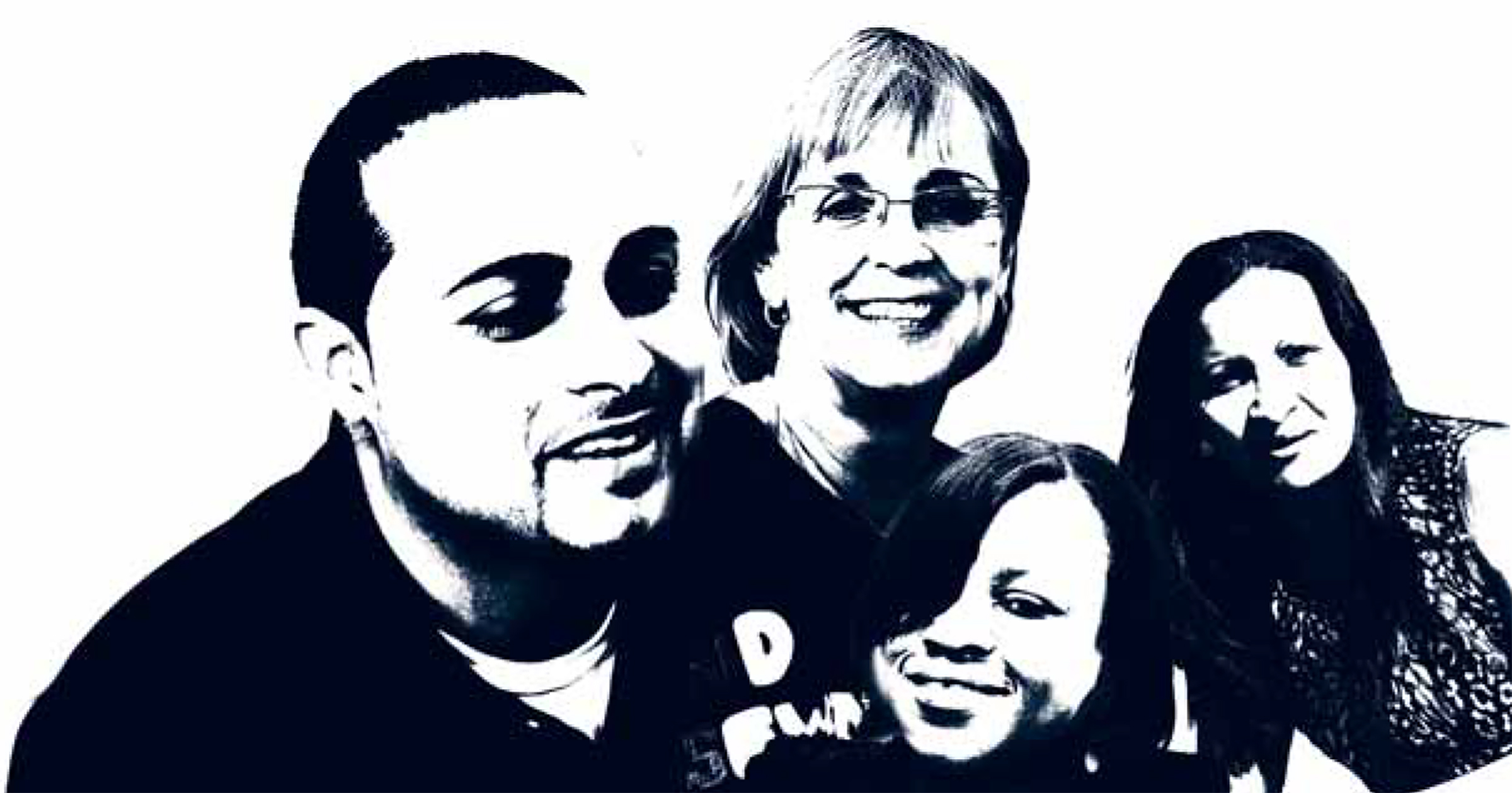
DONNA PARRISH
Having lived most of her life in Nashville, Tennessee, Head Teacher at AHRC’s Howard Haber Early Learning Center, Donna Parrish, quit her teaching job of 20 years, sold her car and house, and moved to Manhattan. This has been a “wonderful experience in so many ways,” said Donna. Although she does miss southern foods like pimento cheese sandwiches and fried green tomatoes from time to time, “I’ve brought a little bit of the south to the Bronx and I’ve had the chance to know children, families, and colleagues from so many cultures that I would not have had the opportunity to know in Tennessee,” said Donna.
WARIONEX SANTIAGO
Bronx service coordinator Warionex Santiago’s family has its roots in the Taino Indian tribe of Puerto Rico, the tribe that fi rst inhabited the territory long before the Spanish takeover in the 1600’s. His unique name, Warionex, is an Indian name. Warionex enjoys his work with the individuals supported by AHRC and their families. His job is that of ensuring they receive the help they need. “That is what I wake up for in the morning,” he said.
MARIE CLAUDETTE ST. CLOUD
Originally from Haiti, Marie Claudette St. Cloud first came to New York 13 years ago to attend York College, where she earned a Bachelor’s Degree in Community Health. Before becoming an AHRC employee, Marie interned at Jamaica Hospital in the area of developmental disabilities. It has been five years since she began working at AHRC’s Weingold Center where she assists individuals in exploring the community. She loves her work. “I really learn a lot from the individuals we support…and from everyone else,” she said.
GLERY CRUZ
Twenty-four years ago Glery came to New York from the Dominican Republic with her husband, searching for “better opportunities.” She has worked in AHRC’s Department of Adult Day Services for more than 10 years, currently at the Weingold Center where she is the production manager. In this position she works one to one with the individuals supported at the program. “I believe that being from a different country makes me more open to the differences amongst people,” said Glery.
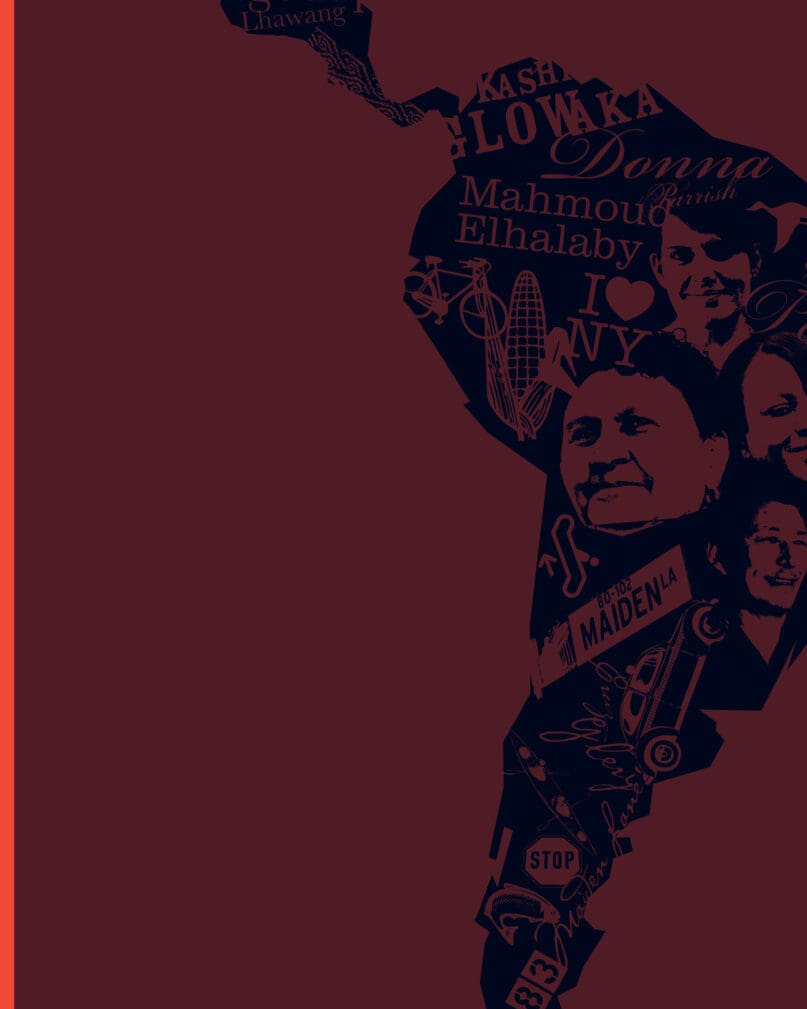
CENTRAL AND SOUTH AMERICA
The southern part of the Americas are bordered on the west by the Pacific Ocean, on the north and east by North America, the Atlantic Ocean and Caribbean Sea.
In addition to Ecuador and Guyana, AHRC family members have their roots in other Central and South American countries, including Mexico, Guatemala, Honduras, Costa Rica, Argentina, Chile, Peru, Venezuela and Brazil.
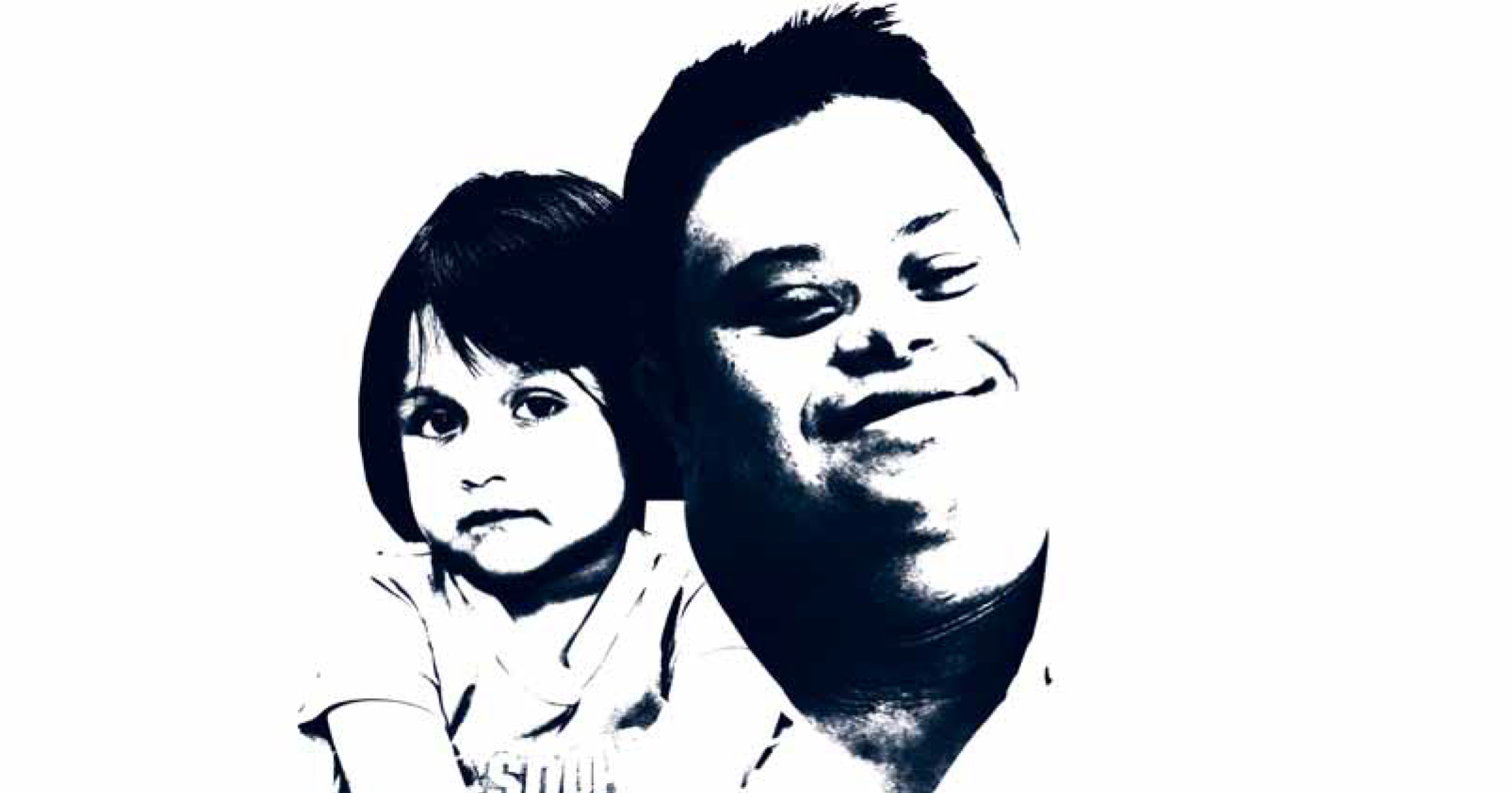
HANNAH POALASSIN-VELOZ
Hannah Poalassin-Veloz, a four-year-old student at AHRC’s Esther Ashkenaz Early Learning Center, has her roots in Ecuador. Her parents moved to Manhattan five years ago. Hannah’s mother is a physician and her father teaches piano here in New York. Hannah speaks Spanish and loves to bring Ecuadorian food to school for lunch.
IMRAN AZEEZ
Imran Azeez’s family immigrated to the United States from their native Guyana in 1991. They moved to New York City in January of 2000, where Imran lives with his aunt, mother and cousin in the Bronx. Imram receives services and supports at AHRC’s Bronx Day Habilitation program where he is happy and well liked.
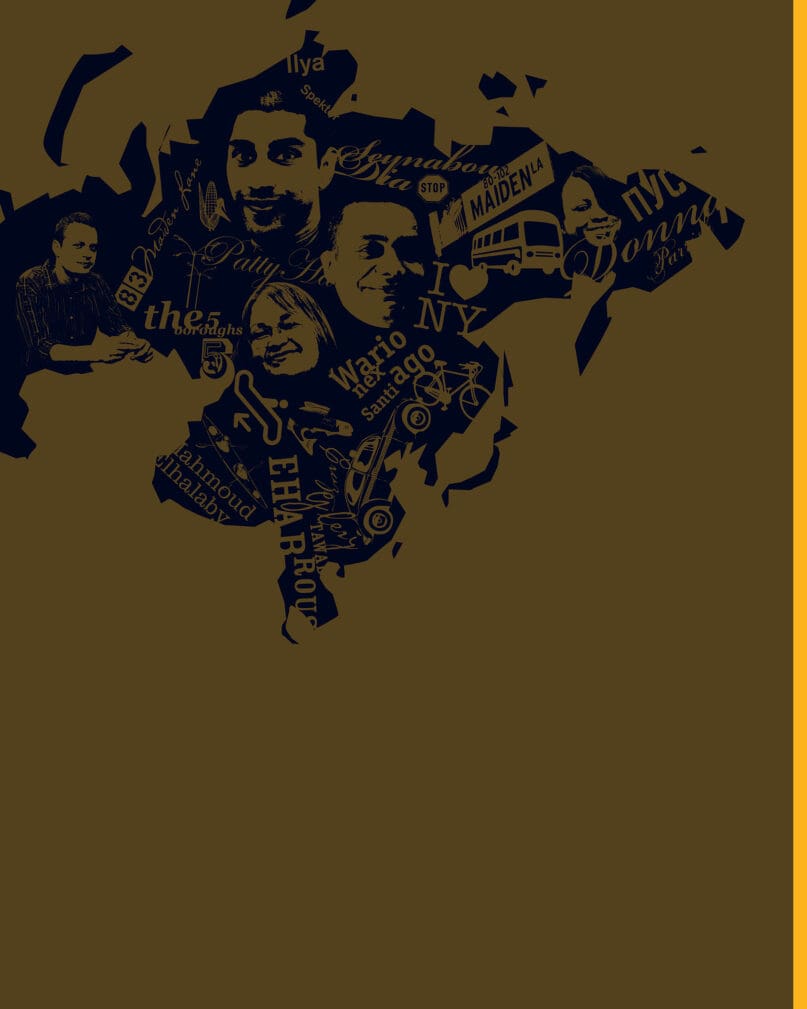
ASIA
The world’s most populous continent. It is chiefly in the eastern and northern hemispheres, bounded to the east by the Pacific Ocean, to the south by Central Asia and south west by the Middle East.
The following individuals come from Nepal and Korea. Other AHRC family members have their origins in countries that include China, Japan, the Philippines, Vietnam, Thailand, Indonesia, and Laos.
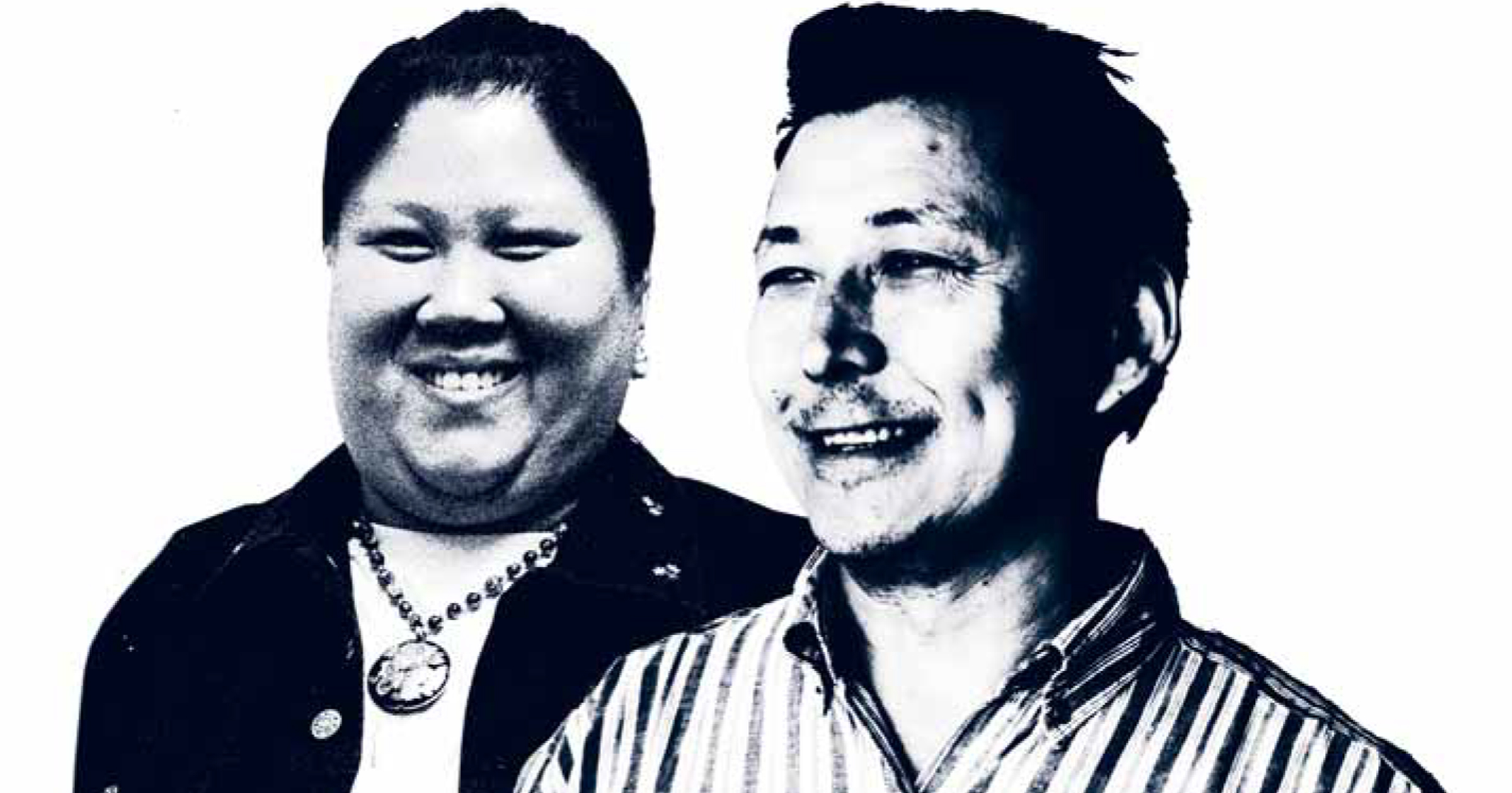
LHAWANG NGODUP
Born in Nepal to Tibetan parents, Lhawang Ngodup moved to Queens in 2003 with his family for political freedom and has worked at AHRC ever since, assisting individuals to learn new skills. “There are so many more opportunities in America,” said Lhawang. “In Nepal, life is still such a struggle.” Lhawang’s favorite part of working for AHRC is his “relationship with the individuals with disabilities we serve,” he said. “There’s so much we can learn from one another.”
PATTY HA
Patty is the daughter of Lisa and Manbo Ha, Korean immigrants who arrived in the United States thirty years ago seeking a better life. Patty and her mother Lisa have frequently attended AHRC events dressed in their beautiful traditional Korean dresses called “hanbok.” Patty receives services and supports at AHRC’s Mayflower Center and has lived in the Hunter residence for ten years. Although Patty likes eating at home and at local restaurants with her friends from Mayflower and Hunter, on the weekends when she visits her family, she looks forward to her mother’s home made dumplings and kimchi.
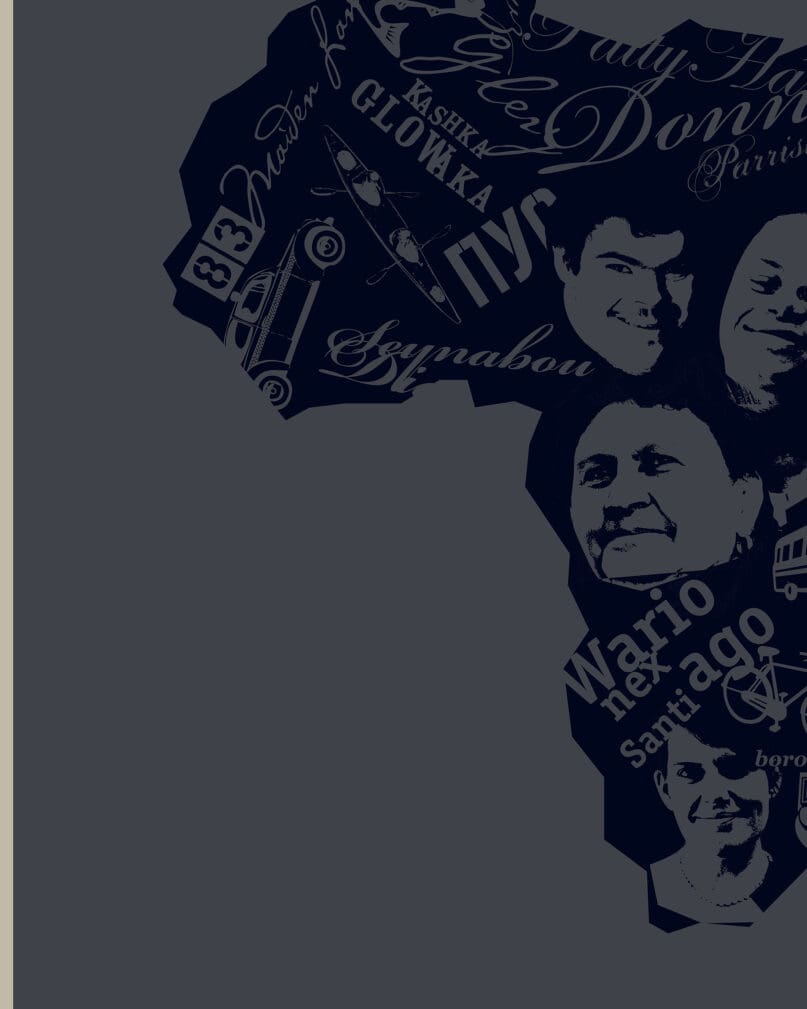
AFRICA
The world’s second most populous continent after Asia. It is surrounded by the Mediterranean Sea to the north, the Suez Canal and the Red Sea to the northeast, and the Atlantic Ocean to the west.
In addition to the countries Mauritania and Ethiopia where the two AHRC family members below have their origins, others hail from African countries including Nigeria, Senegal, Kenya, South Africa and Sierra Leone, as well as the North African countries of Morocco and Tunisia.
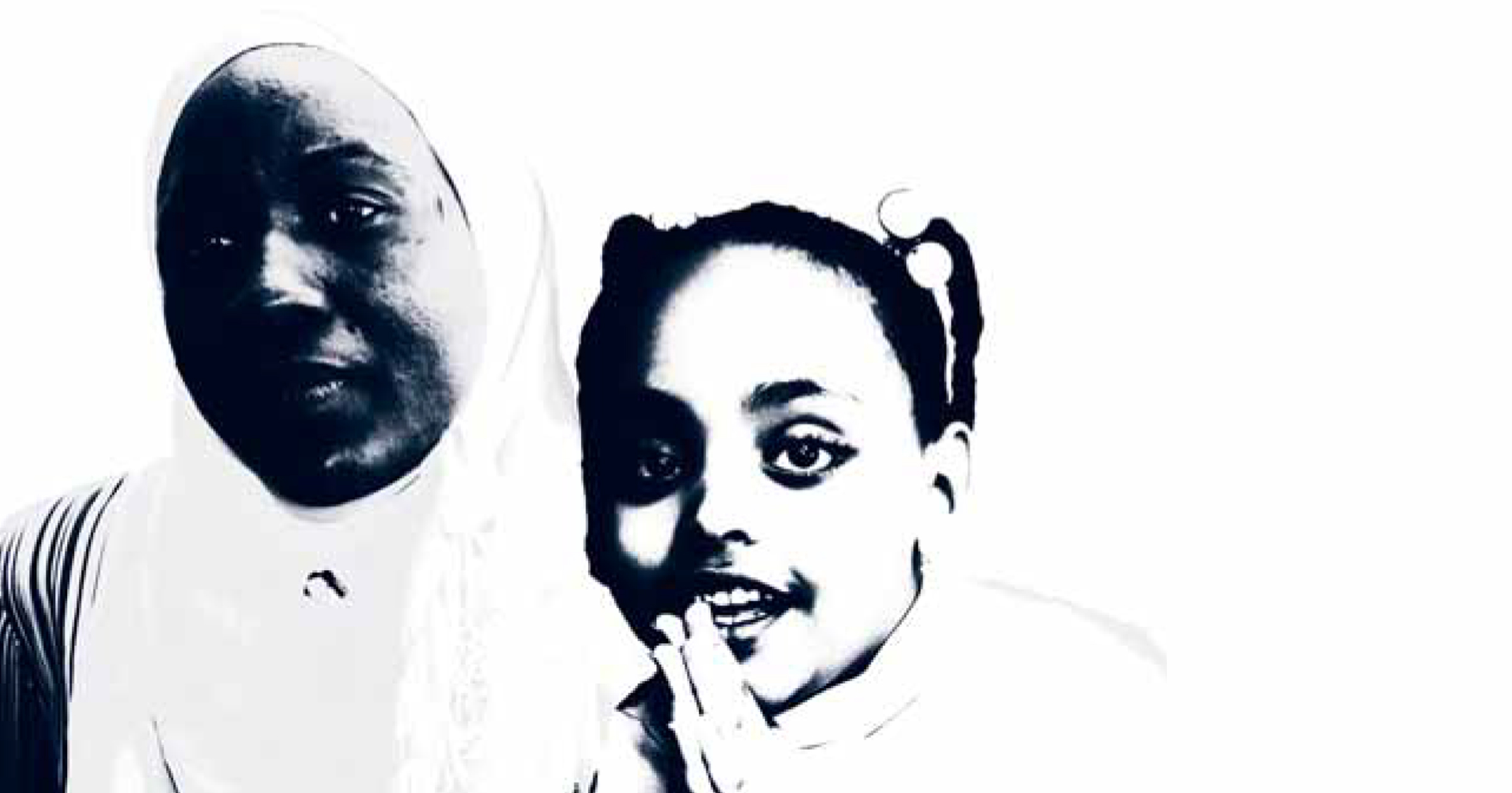
SEYNABOU DIA
Job coach Seynabou Dia came to America seven years ago from the country of Mauritania, located in Africa’s western region. In Mauritania, Seynabou worked with girls, teaching them how to get jobs and reach their goals. “I taught them that they could do something useful with their life,” she said. “I taught them that nobody should be left behind…that one is able to do anything with ones life.” Seynabou brings this same positive attitude to the individuals she works with at AHRC’s Supported Employment program in Brooklyn. “You put yourself in someone else’s shoes…If I was one of the individuals with disabilities that I support, I’d want someone to give me a chance to work.”
ABIGAIL FISSEHAYE
4-year-old Abigail Fissehaye attends AHRC’s Howard Haber Early Learning Center in the Bronx, where she and her family live. Abigail’s mother, Aster, came to New York in 1989, following her father, Michael, who moved to the Bronx in 1981. Abigail’s family attends a traditional Eritrean (African) church every Sunday, where the entire mass is given in the native language. They also practice traditional African weddings, songs and dance, which Abigail loves more than anything. For school lunch, she often brings Injera, an Eritrean bread made of teff, wheat and corn flour, which is eaten without utensils, like a pancake.
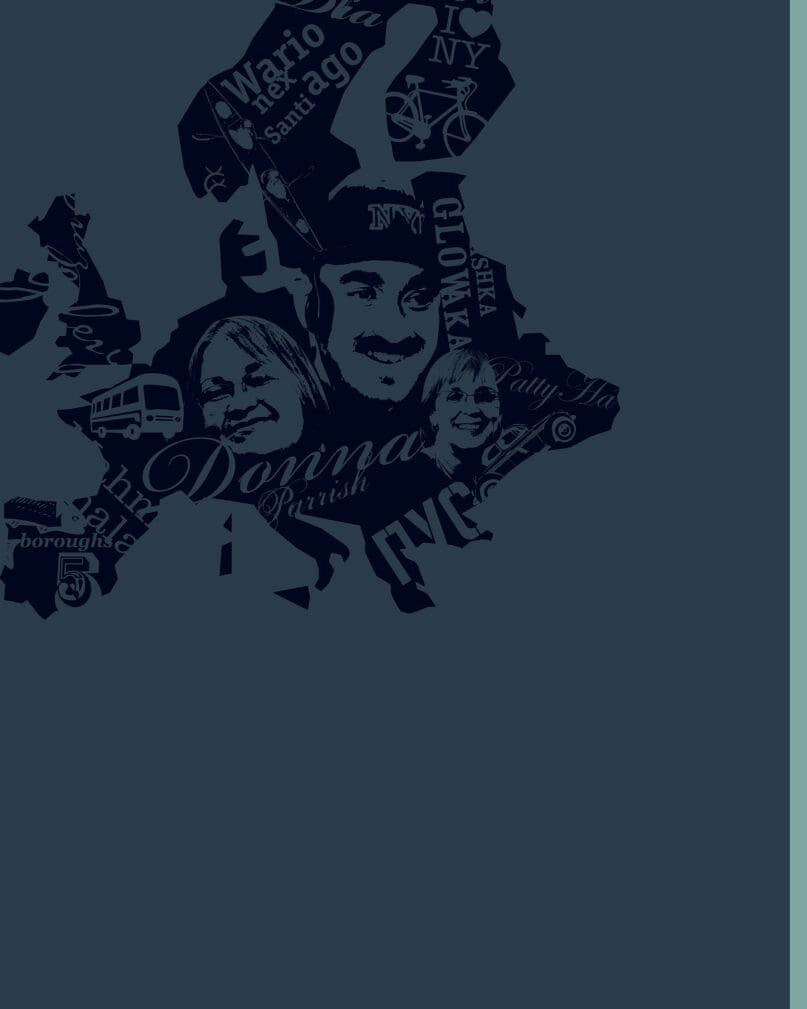
EUROPE
The western most peninsula of Eurasia, is considered to be one of the seven traditional continents. It is bounded on the east by Eurasia, on the north by the Arctic Ocean, to the west by the Atlantic Ocean, to the south by the Mediterranean Sea, and the southeast by the Caucasus Mountains and the Black Sea.
In addition to Yugoslavia, Greece and Poland, the countries of origin for the AHRC family members below, others hail from Germany, Albania, Croatia, Kazakhstan, Moldova, the Czech Republic, Germany, Spain, Turkey and Romania.
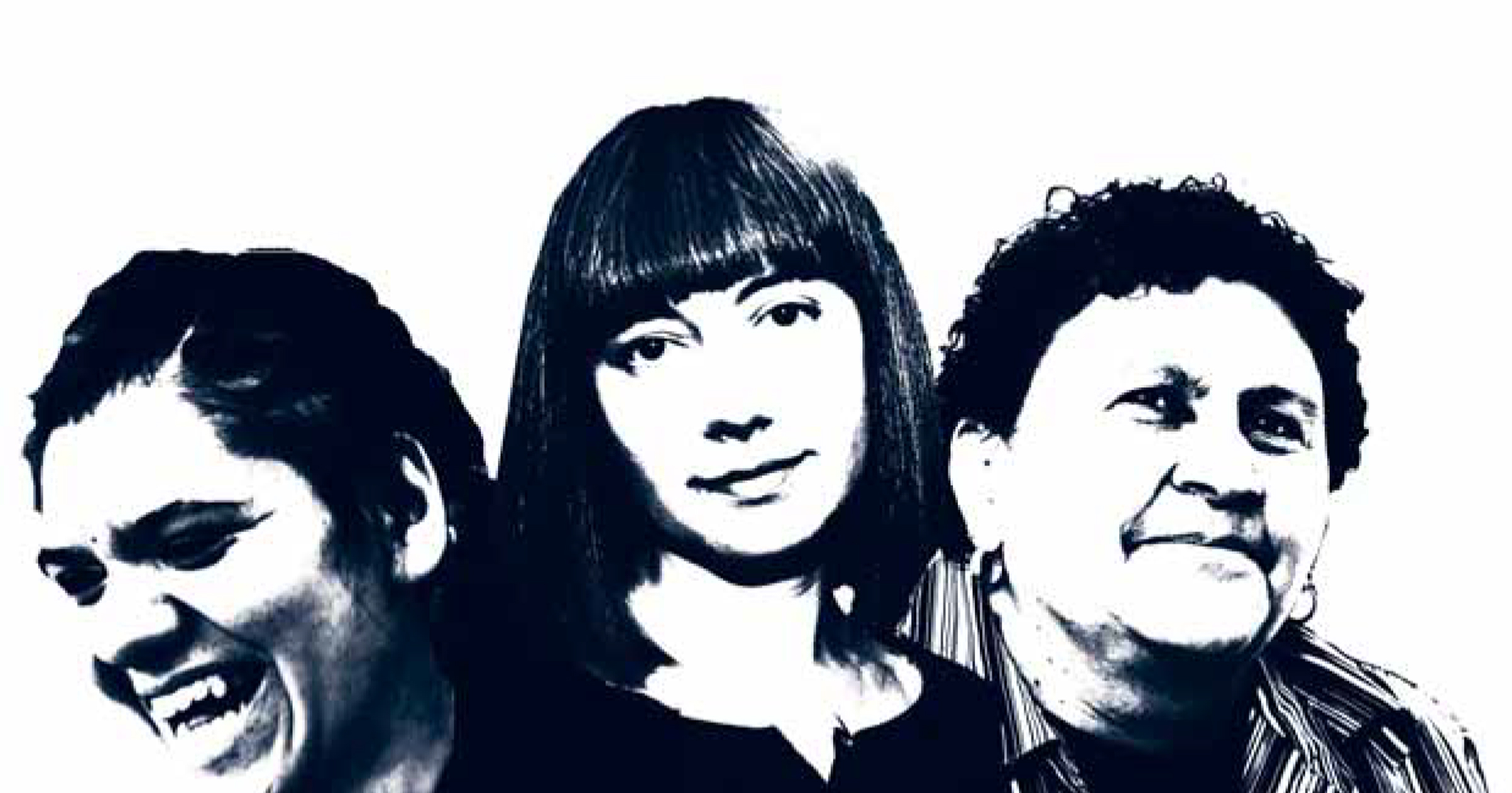
SANELLA IBRICK
26-year-old Sanella Ibrick has her roots in Yugoslavia, where she and her parents were born. Sanella lives in the Bronx and has received services and supports at AHRC’s Bronx Day Habilitation program for five years. She enjoys participating in many of the activities that are offered and often chooses art as her activity of choice. Although her family speaks to her in Slavic at home, she is spoken to and understands English during her day activities.
POLLY SKORDAS
Polly Skordas has been an AHRC main office employee for close to twenty years. She has lived in AHRC’s Fairfield residence in the Bronx for over six years. Working in AHRC’s development department Polly assists with mailings, photocopying, fi ling, and data entry. Although she speaks English well, she is fluent in Greek and much to the surprise of some who had no idea she spoke Greek, she will have detailed conversations with other AHRC family members of Greek origin.
KASHKA GLOWAKA
Originally from southern Poland, Kashka Glowaka came to New York to work at AHRC’s Camp Catskill in 2002. She went on to work as a consumer service coordinator with adults supported by AHRC, then spent two years in the AHRC Department of Public Information as the media coordinator. She currently works as a transition coordinator in the Department of Adult Service where she supports adults in making their dreams a reality. Kashka feels that AHRC New York City is just as diverse as the city itself. “I like the whole melting pot idea of New York and AHRC,” she said.
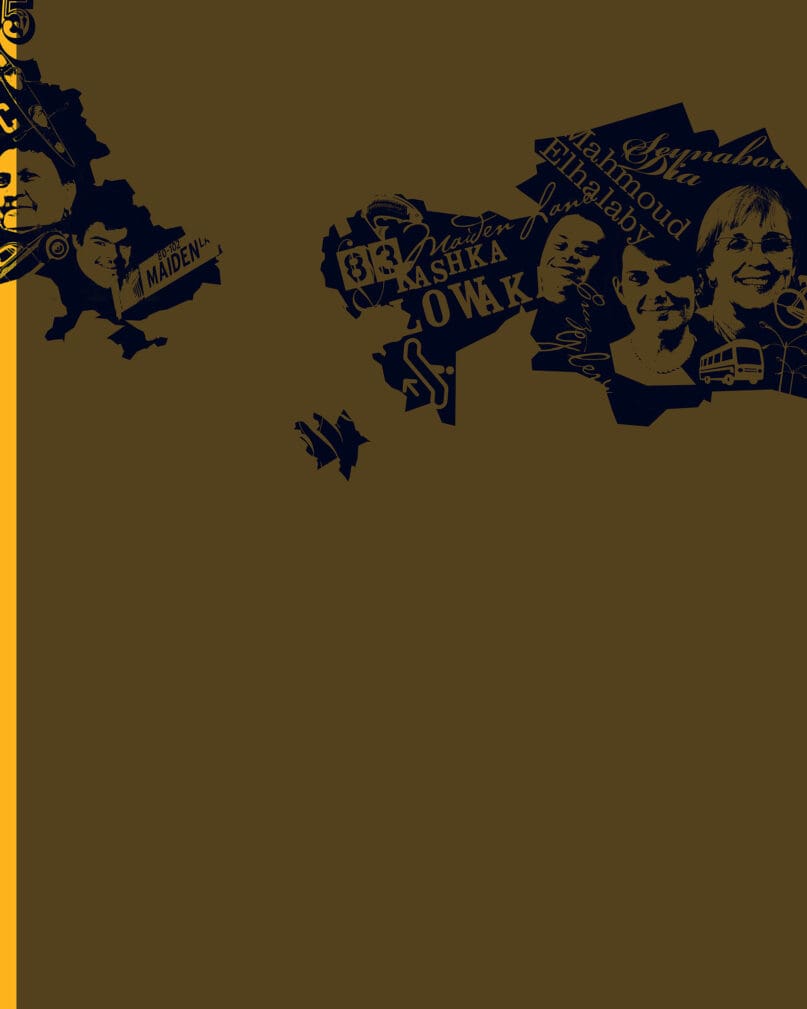
NORTH AND EASTERN EURASIA
The Russian Federation and the independent countries in Northern and Eastern Eurasia that once were part of the Soviet Union, make up a large landmass that is sometimes considered a continent. The Russian Federation stretches across the north of Eurasia and shares land borders with Estonia, Latvia, Lithuania, Belarus, Ukraine and Georgia.
AHRC family members have origins in most countries that comprise North and Eastern Eurasia.
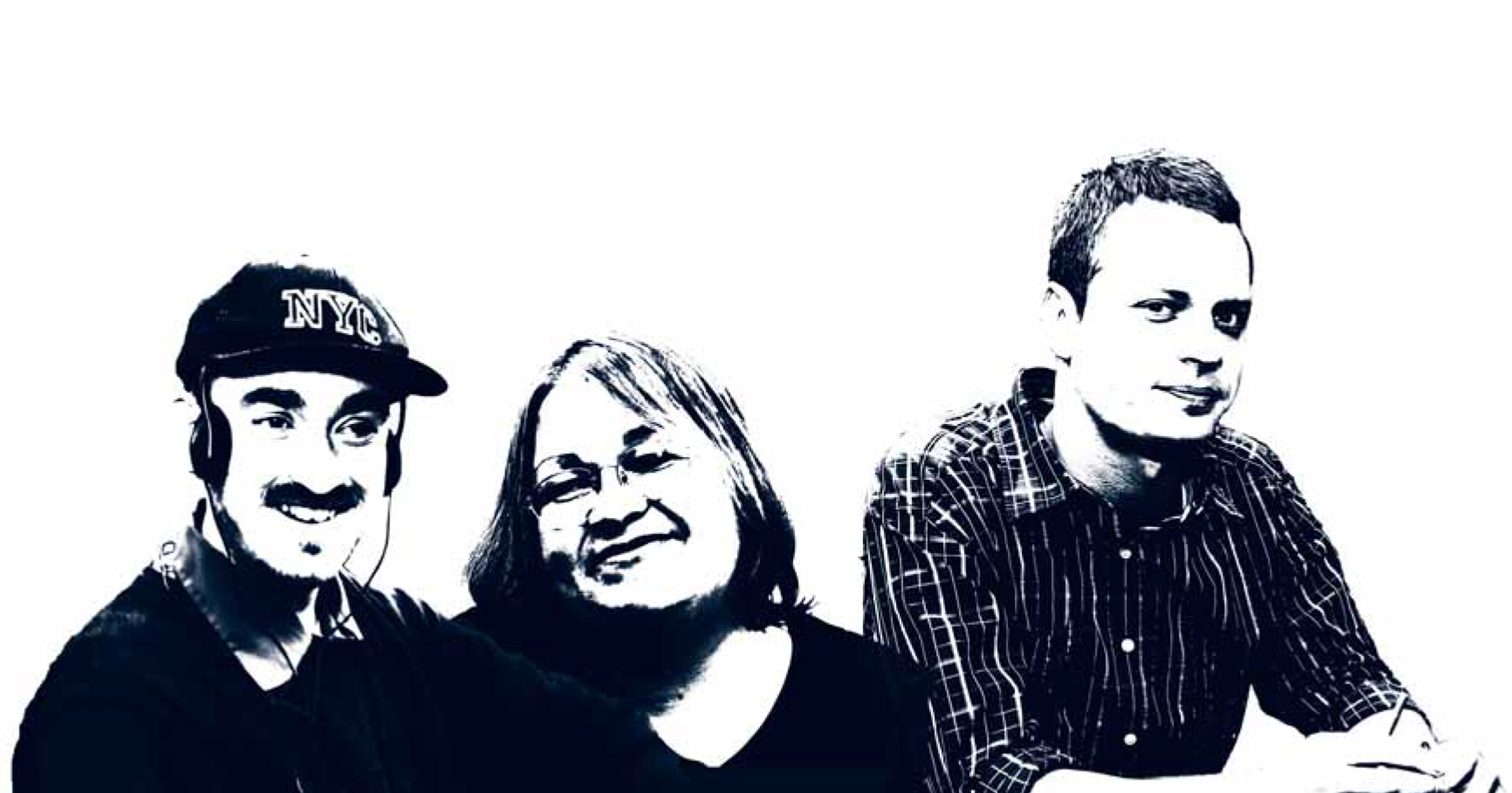
ILYA SPEKTOR
Ilya and his family came to the United States from Russia in 1995. He resides in AHRC’s Fineson residence. Although he grew up in a Russian speaking household, Ilya hears and speaks English during the course of his day. He will, however, initiate conversation, as well as joke around in his native Russian with Fineson’s assistant house manager, Alex Lynnynk. Ilya is additionally served at AHRC’s Dean O’Hare Center in Brooklyn where he has chosen to spend a large part of his day volunteering at sites in the community.
NATALIA KREYNIM
In 1994, Natalia Kreynim and her husband left their home in Belarus for America. Back in Belarus, Natalia was an educator. Although she did not work with individuals with disabilities in Belarus, working as a habilitation specialist at AHRC’s Weingold Center has allowed her to continue her passion, educating individuals who need varying degrees of support, work that she loves.
ALEX LYNNYNK
Alex first came to New York in 1995 from the town of Donedsk in Ukraine, to work at AHRC for a year, but moved back home to attend college, where he studied language and literature. In 2002, he returned to New York and now works in AHRC’s Department of Residential Services as an assistant manager at the Fineson residence. Alex said he has few Russian friends in New York, his friends are New Yorkers and citizens of the world. He believes his cultural background allows him to be more open to others. “You get a sense of yourself living in a foreign place,” he said. “I always had a good feeling about New York and AHRC.”
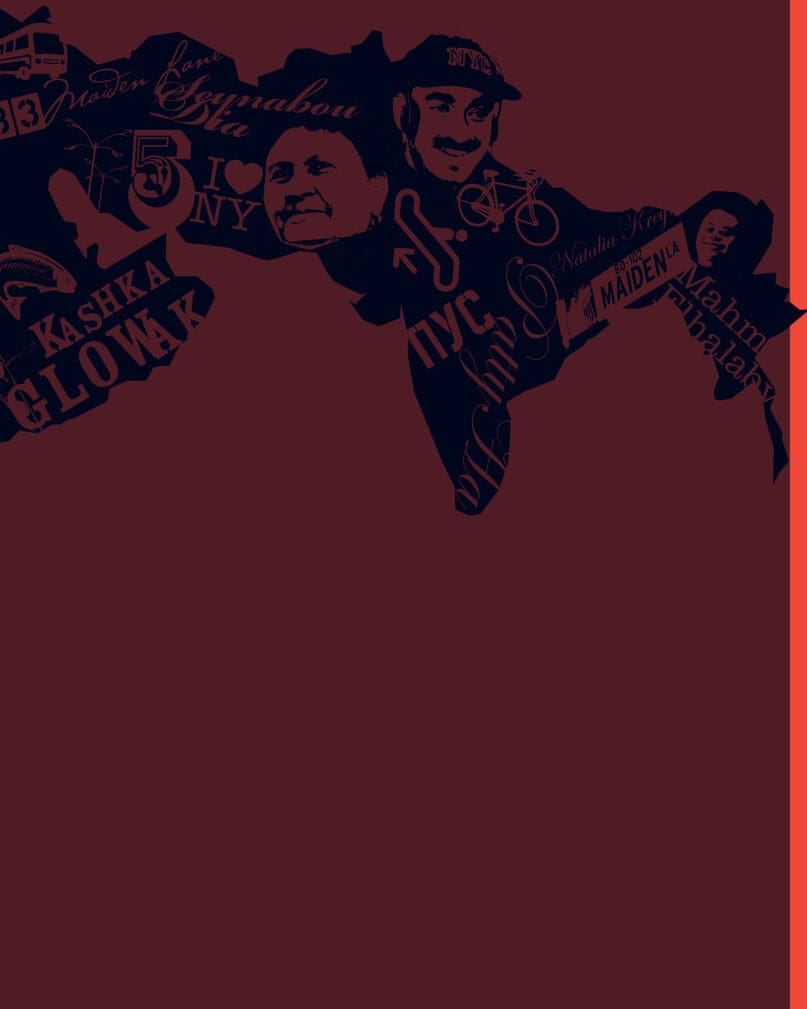
SOUTH ASIA AND THE MIDDLE EAST
The southern region of the Asian continent comprising the sub-Himalayan countries and the regions on their west and east. The countries that comprise South Asia include India, Pakistan, Afghanistan, Bangladesh, Nepal, Myanamar and Sri Lanka. Bordering South Asia on the west is the geopolitical area known as the Middle East. The Middle East countries located around the Persian Gulf include Iran, Iraq, Egypt, Saudi Arabia, Jordan, Syria, Israel and the United Arab Emirate.
These AHRC family members come from Egypt and Pakistan, others hail from Afghanistan, India, Bangladesh, Lebanon, Israel and Iran.
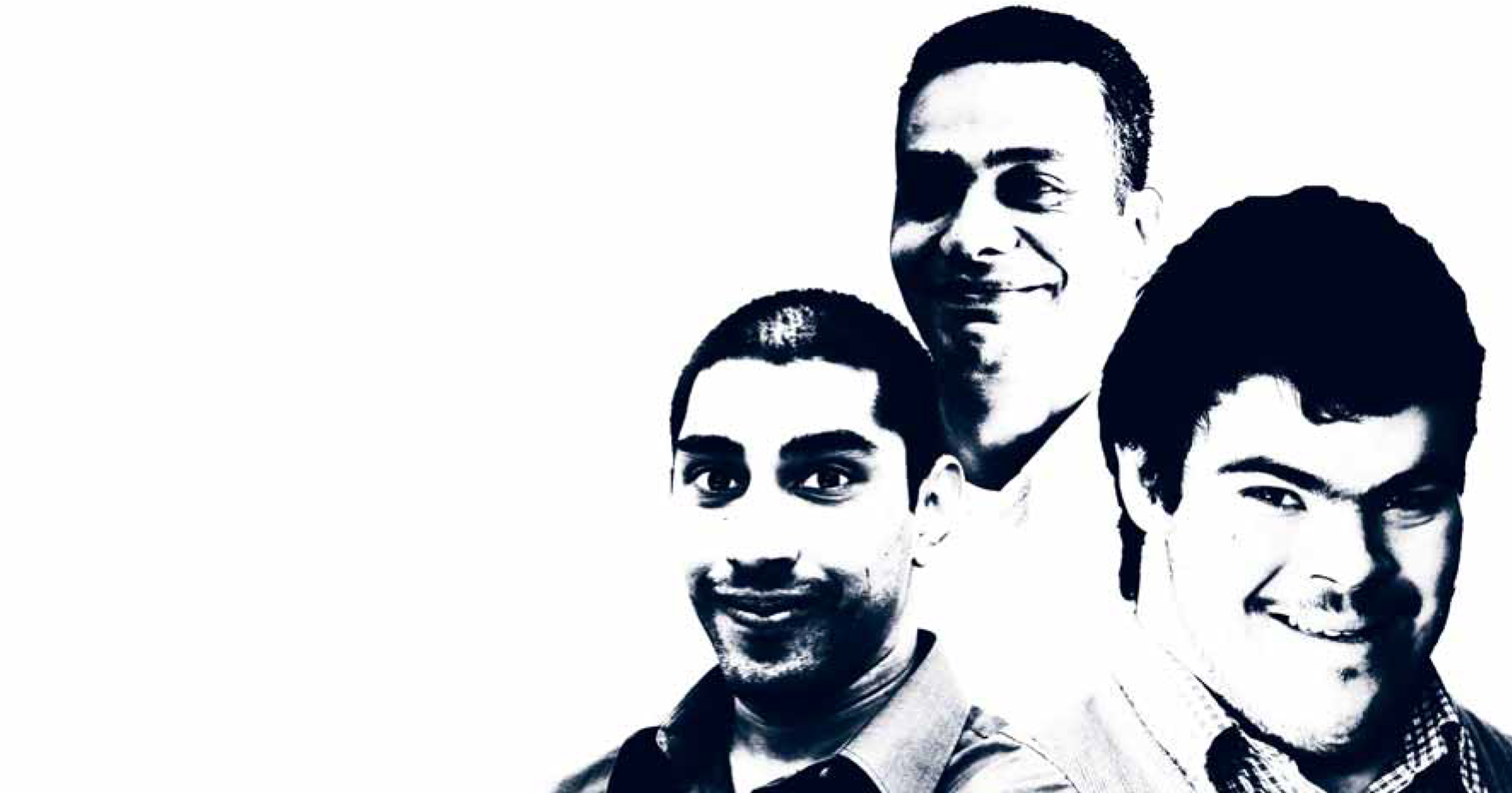
EHAB TAWADROUS
Originally from Minia, a city south of Cairo, Egypt, AHRC’s Human Resources Department benefit specialist, Ehab left his family to come to America five years ago at the age of 28. He moved to America for a better life and religious freedom. Ehab first worked at AHRC’s Camp Anne where he met staff of 38 different nationalities. “It was an amazing experience for me, because it was the first time I was dealing with different cultures,” he said. Ehab works full time and is studying to be a nurse. He recently won a CUNY Kennedy Fellowship to do so.
MAHMOUD ELHALABY
Like Ehab, Mahmoud was born in Egypt. He came to the United States with his parents twelve years ago. For the last two years, Mahmoud has been an individual supported at the AHRC Weingold Adult Center located in the borough of Queens, home to scores of nationalities! Mahmoud loves spending time outdoors with his family and participating in hobbies that take place outside like gardening and taking long walks.
ADIL SANAI
Adil was born in Pakistan in 1984 and came to the United States with his parents nine years ago. Adil has been supported at AHRC’s Cyril Weinberg Center for the last two years where he is an active participant in volunteer activities at a nearby homeless shelter, as well as a frequent visitor to the Queens Borough Public Library.
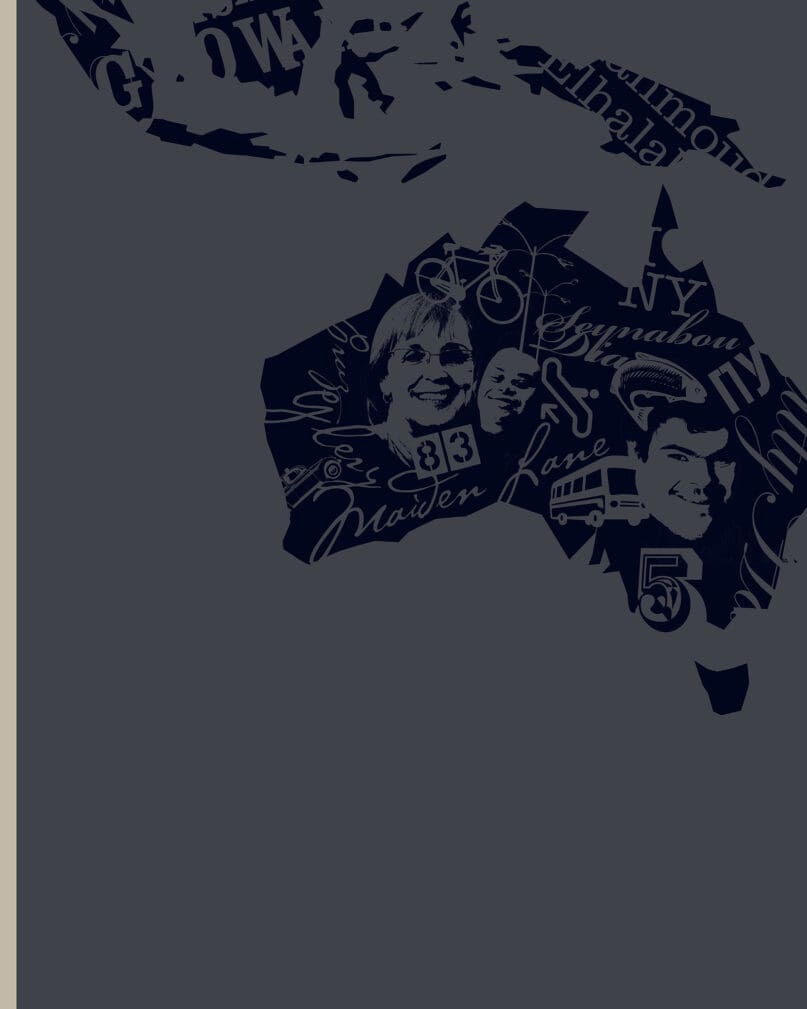
AUSTRALIA OR OCEANIA
A geographical region consisting of several lands, mostly islands, in the Pacific Ocean and vicinity. Oceania generally includes New Zealand, Australia, New Guinea and the Malay Archipelago.
New Zealander Carol-Lynn Mills, below, will be joined by Joanne Geromanalis and Stuart Barrow from Australia who will become part of the AHRC family this summer working at Harriman Lodge.
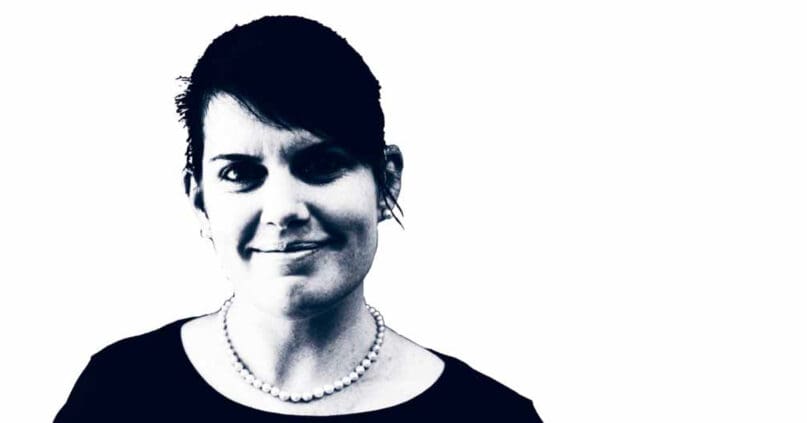
CAROL-LYNN MILLS
Compliance specialist in AHRC’s Department of Home Care, Carol-Lynn Mills, first came to the United States from New Zealand four years ago to work at Camp Anne. Her decision to stay came as no surprise to her family since she’d been traveling and working abroad since completing her BA in 1998. Carol-Lynn is profoundly deaf in her right ear, and has severe hearing loss in her left. “What I like about [people in] New York City is that they tend to focus on my ability and not my disability, especially within our organization, AHRC,” she said. And though she misses celebrating Christmas on the beach with family, eating Fish and Chips with tomato sauce out of newspaper, calling candies “lollies” and swim suits “togs,” Carol-Lynn said she probably will not return to New Zealand to live. “For me, the USA is not the land of opportunity but the land of self-worth and acceptance.”

Diversity Initiative
AHRC New York City’s Diversity Initiative In its effort to promote greater awareness about cultural differences, AHRC has embarked on a Diversity Initiative. This initiative strives to enable AHRC family members to gain an even better understanding and appreciation of the variety of cultures, values and traditions that exist among the people working at, and those served by AHRC.
HIGHLIGHTS OF THE YEAR ENDING JUNE 30, 2007
In 2006 and 2007, AHRC New York City continued to provide a wide array of services and supports to individuals with developmental and intellectual disabilities, and their families. In addition, new services and supports were developed to meet emerging needs and existing programs were enhanced and expanded. All new programs designed by AHRC aim to use the principles of person centered planning with the goal of creating truly individualized supports that are responsive to the choices expressed by the people who will use them.
SERVICES AND SUPPORTS FOR CHILDREN AND ADOLESCENTS
AHRC serves 800 school-age children at our early learning centers, an elementary school and high
school. The department has served large numbers of children on the autism spectrum for well over
a decade. Highlights of the years include:
- An award of a fi ve year contract from the city to continue the provision and expansion of Early Intervention (EI) services in the five boroughs. AHRC is one of the few agencies that was contracted to provide all the services offered through EI in the state.
- The move of the Brooklyn Blue Feather Elementary School to a new location on Gerritsen Avenue in Brooklyn where services will continue to be provided to children aged 5 – 14 who have autism spectrum disorder and other conditions requiring similar educational programs.
- The expansion of the AHRC High School, also located in Brooklyn, serving a school age population (ages 14 – 21) with autism spectrum disorder.
- The use of the Department of Educational Services expertise to assist other AHRC departments in learning about methods that have proven effective in working with individuals with autism.
- The participation of several AHRC High School students in the OMRDD/Far Fund Collaborative that aims to create more person-centered plans for these students and assist them in transitioning from school to the adult world of work, community living and community membership.
AHRC’s Educational Advocacy Service
AHRC continues to provide direct advocacy services to individuals and training to families throughout the five boroughs who are in need of assistance in obtaining the appropriate educational services to which they are entitled under federal law. In addition to undertaking the resolution of individual cases, the department has provided training to hundreds of families on topics that include:
- Graduating and Transitions – the transition process from pre-school to school-age services, changes to the IDEA, referral and evaluation to placement, the CSE meeting, parental rights, the Department of Education continuum of special education services, and challenging inappropriate decisions.
- IDEA and Discipline Issues
- Understanding Autism: Recognizing the Symptoms of Autism and Advocating for Services
- The Teacher as Advocate
SERVICES AND SUPPORTS FOR ADULTS
AHRC’s Department of Adult Day Services
AHRC continues to provide services and supports to 1,400 adults throughout the city in a variety of settings. The focus is to support adults with developmental disabilities, including traumatic brain injury and autism, in their efforts to live a self-determined and meaningful life in the community. In those efforts:
- The Department of Adult Service has been awarded two grants to develop Person Centered Plans for NYC Department of Education graduates in Manhattan and Queens.
- The department has developed 149 community connections where individuals with disabilities contribute to the community by volunteering at organizations, working on neighborhood projects and making use of community resources of their choosing, such as libraries, stores and gyms.
- The department has been collaborating with ABLE_LINK on producing technology to support independence, for example the production of a PDA that can prompt for specific tasks such as how to complete work routines and every day living routines.
- The use of technology has been expanded to include the use of GPS systems for travel training and individuals have been taught how to use computers.
- The AHRC Film Project film, “Learning to Love”—a short film written, acted and produced by individuals with disabilities was selected by the Sprout Film Festival to be included in their prestigious festival.
- AHRC in collaboration with Teacher’s College of Columbia University, has produced an instructional DVD of the ESCAPE curriculum which teaches individuals with disabilities how to prevent abuse and domestic violence.
- The department has created Service Learning Collaborations with Columbia University’s School of Engineering to design systems for remanufacturing printer cartridges and an accessible garden; and with Pace University to create an intranet site to share curricula.
- TEACCH communication and planning systems have been developed for adults on the autism spectrum.
The Department of Employment & Business Services (EBS)
EBS continues to support almost 700 individuals with developmental disabilities in their efforts to be employed in jobs that they find meaningful and satisfying. In addition to individuals who are employed in a variety of jobs, EBS runs the CAREERS job training in janitorial and food services program, Hudson River Services, an affirmative janitorial services company that has 25 contracts with New York City and State agencies, and the Job Connection Center, a “clubhouse” for individuals with mental health challenges in addition to intellectual and developmental disabilities. Services that have been added to the EBS menu in the last year include:
- Department of Youth and Community Development (DYCD) funded program called the Young Adult Internship Program that will help a 100 youth on Staten Island annually to become gainfully employed.
- A new grant from VESID that will provide Model Transition Program services to 50 students a year who currently attend the Manhattan Occupational Training Center (OTC), as well as 50 who attend the Bronx OTC, as they graduate from the District 75 high school system and enter the adult world.
- A new OMRDD contract for a blended services program called HIRE Community Employment Supports targeting those graduating from high school who have greater support needs. This contract will allow these graduates to transition from school into the adult world while receiving necessary waiver type services, all from one program.
Department of Residential Services
AHRC currently serves close to 600 individual in a variety of residential alternatives with greater and greater numbers of people choosing to live independently. The development of residences is a constant and ongoing process. In the last year the following residences were developed for 54 individuals:
- Union Turnpike residence, a 4 person Independent Residential Alternative in Queens
- 153rd Street residence, a 2 person Independent Residential Alternative in Queens for a newly married couple
- 186th Street residence, a 5 person independent Residential Alternative in Queens
- 254th Street residence, an 8 person Independent Residential Alternative in Queens
- Tysen Lane residence, a 6 person Independent Residential Alternative for individuals with challenging behaviors on Staten Island
- Kings Highway residence, a 5 person Independent Residential Alternative in Brooklyn
Additionally, AHRC’s Right Sizing Initiative has reduced the number of individuals residing at the Gruenstein, Fierstein and Bober residences by adding residential alternatives for those moving out of these houses. And HomeBuilder-NYC, the OMRDD and DDPC funded project, worked on by AHRC’s Director of Individualized Services and Supports, will increase AHRC’s capacity to provide self-directed housing and individualized supports to people interested in this option.
SERVICES AND SUPPORTS FOR INDIVIDUALS OF ALL AGES
Department of In-Home Services
The Department of In-Home Services continues to provide in-home residential habilitation services and supports to families to assist them in meeting their caregiving responsibilities. These services are provided to Medicaid eligible families who have children and adult children with developmental disabilities in all five boroughs. Services are provided for anywhere from 4 to 20 hours a week depending upon need and availability. In the last year the Department of In-Home Services:
- Increased the number of families receiving services.
- Continued to work with individuals with Traumatic Brain Injury (TBI) in need of services.
- Applied to the Department of Health to become a provider under a new waiver that will bring people back into the community from nursing homes.
Department of Recreation and Camping
AHRC continues to operate two wonderful camps upstate, Camp Anne and Harriman Lodge, school holiday respite programs for families in all five boroughs, as well as a menu of recreation programs for children and adults throughout the city. These services provide social and leisure time activities to hundreds of individuals for whom there are too few appropriate social outlets. In the last year:
- A new therapeutic riding program was created at Camp Anne, including a new horse barn, corral, riding area and equipment.
- College interns working at both camps became eligible to obtain six college credits.
- Three new cabins were built at Camp Anne and are expected to open in the summer.
- The studio arts, drama and movement and dance programs were integrated into one Creative Arts program operated by AHRC’s Recreation unit.
- A new after school program for Brooklyn teens who attend AHRC’s Middle/High School began providing services.
Department of Family and Clinical Services
AHRC’s Department of Family and Clinical Services, known as the “AHRC Clinic,” continues to provide quality medical and clinical services to thousands of individuals annually. The “Clinic” is actually comprised of several different entities that provide individuals and families with necessary medical, social and psychological supports. New initiatives in the last year have included:
- The award of an $185,000 ISS Reinvestment grant to support the Adult Diagnosis Evaluation Planning and Treatment (ADEPT) team, an interdisciplinary team that evaluates and treats behavioral changes in adults with developmental disabilities.
- The expansion of Medicaid Service Coordination (MSC) to include an additional 200 families and a new MSC office at 83 Maiden Lane.
- Receipt of several Health Information Technology Grants, for example, IPRO implementation consulting and a New York City Department of Health and Mental Hygiene capital award of $30,000.
- The expansion of AHRC’s Chemical Dependency Clinic to serve adolescents in addition to adults and increasing days of operation to include Saturday.
- Increase days of operation to include Saturday for the Grand Concourse Rehab Clinic.
- The development of a weight Management Clinic incorporating psychological counseling and nutritional services.
OTHER AHRC NEWS
AHRC’s Maiden Lane building has allowed for the opening of a Staff Training Center on its 13th floor where staff can be trained in the topics mandated by government, as well as topics requisite for maintaining a quality workforce. Staff training has expanded greatly with new and innovative topics and teaching methods being utilized. Other Support departments, those of IT, Human Resources, Public Information, and Finance have also greatly expanded their initiatives in the effort to support AHRC’s work, that of assisting the individuals we serve to life richer lives.
In 2007, AHRC celebrated its 58th anniversary. Commissioner Thomas Maul received AHRC’s Lifetime Achievement award. The retiring Commissioner was thanked for his years of commitment and service to individuals with developmental disabilities around the stare, and AHRC in particular. OMRDD’s new Commissioner, Diana Ritter Jones, was given a warm welcome and inaugurated into to the AHRC family. Family education sessions were held throughout the year and AHRC kept our members abreast of the changing political landscape that greatly affects the work that we do.
AHRC New York City looks forward to offering people with developmental and intellectual disabilities, and their families, greater opportunities to lead productive and fulfilling lives in the community in the years to come.
EXPENDITURES
For the Year Ending June 30, 2008
| Total Support for the Current Period | $ 206,544,124 |
Program Services
| A. Educational Services | $ 27,118,409 |
| B. Adult Day Programs | $ 56,719,554 |
| C. Residential Services | $ 47,341,475 |
| D. Family and Clinical Services | $ 7,495,855 |
| E. Employment and Business Services | $ 15,936,378 |
| F. Camping & Recreation Services | $ 3,728,020 |
| G. In-Home Services | $ 5,906,558 |
| H. Family Support Services | $ 2,215,259 |
| I. AHRC Health Care, Inc | $ 4,242,486 |
| J. AHRC Home Care Services Inc | $ 1,468,609 |
| K. Superior Direct Care Inc | $ 4,452,619 |
| Total Program Services | $ 176, 625,222 |
| Supporting Services | $ 26,290,977 |
| Total Expenditures | $ 200,451,063 |
| Excess of Revenue Over Expenses | $ 3,627,925 |
| Unrestricted Fund Balance—July 1, 2006 | $ 34,213,993 |
| Unrestricted Fund Balance—June 30, 2007 | $ 37,841,918 |
You may obtain a copy of our last Annual Report by writing to us or to the New York State Department of Law, Charities Bureau, New York, NY l0271
AHRC NEW YORK CITY PROGRAMS, SERVICES, & SUPPORTS
AHRC Administrative Offices
83 Maiden Lane
New York, NY 10038
Phone: 212-780-2500
Fax: 212-780-2353
Department of Adult Day Services
Bronx Intensive Support Day Habilitation Services, Bronx NY
Dorothy and Michael Styler Center, Bronx, NY
William F. May Adult Center, Bronx, NY
Brooklyn Day Habilitation, Brooklyn, NY
Dean O’Hare Center, Brooklyn, NY
Stephen B. Siegel Center, Brooklyn, NY
Bush Terminal Day Hab, Brooklyn, NY
Betty Pendler New York League Work Center, New York, NY
Anthony Fisher Center, New York, NY
Sobriety Day Habilitation, Brooklyn, NY
Cyril Weinberg Center, Long Island City, NY
Traumatic Brain Injury – Training & Quality Assurance, New York, NY
Traumatic Brain Injury – Community Support Services (TBI-CSS), Brooklyn & Bronx, NY
Far Rockaway Center, Far Rockaway, NY
Joseph T. Weingold Center, Sunnyside, NY
Williams Street, New York, NY
Business and Employment Services
HIRE Supported Employment Program, Manhattan, Queens, Bronx, Brooklyn & Staten Island, NY
CAREERS in Janitorial and Food Services, Brooklyn & Bronx, NY
Job Connection Center, Brooklyn, NY
Hudson River Services, Manhattan, Brooklyn, Queens, Bronx & Staten Island, NY
Horizons Day Hab Without Walls and HIRE, Staten Island, NY
Careers Young Adult Internship Program (YAIP), Staten Island, NY
Horizons Day Hab & Prevocational Center, Bronx, NY
HIRE Community Employment Supports, Bronx, NY
OPTS Senior Retirement Group, Bronx, NY
Transition Center Vocational Training Program, Manhattan, Woodside & Bronx, NY
Model Transition Program, Manhattan & Bronx, NY
Department of Camping and Recreation
Camp Anne, Ancramdale, NY
Harriman Lodge, East Jewett, NY
Recreation Services, New York, NY
Department of Family and Clinical Services
AHRC Health Care Manhattan, Bronx, Queens & Brooklyn, NY
Chemical Dependency Treatment Clinic, New York, NY
Article 16 Clinic, Manhattan & Bronx, NY
Bronx Early Childhood Direction Center (ECDC), Bronx, NY
Legal Services: Guardianship and Future Care Planning, New York, NY
Crisis Team, Bronx, NY
Sibling Support Services, New York, NY
Department of Medicaid Service Coordination
serving all five boroughs
Department of Individualized Supports
serving all five boroughs
Department of Educational Services
Howard Haber Early Learning Center, Bronx, NY
Brooklyn Blue Feather Elementary School & Evaluation Center, Brooklyn, NY
AHRC Middle/High School, Brooklyn, NY
Francis of Paola Early Learning Center & Evaluation Center, Brooklyn, NY
Esther Ashkenas Early Learning Center, New York, NY
Astoria Blue Feather Early Learning Center, Astoria NY
Department of In-Home Services
AHRC Home Care Inc.
In-Home Respite
In-Home Residential Habilitation Services
Superior Direct Care Services (SDC)
Department of Residential Services
95th Street IRA, New York, NY
Fineson House, New York, NY
Melvin W. Kraus Residence, New York, NY
Malozemoff Residence, New York, NY
Phyllis and Harold B. Jacobs Residence, New York, NY
Manhattan IRA, New York, NY
New Gotham, New York, NY
East 106th Street, New York, NY
Elena Agovino Residence, Bronx, NY
Bronx IRA (Netherland Avenue), Bronx, NY
Chicquor Residence, Bronx, NY
Greenberg Residence, Bronx, NY
Fairfield Avenue IRA, Bronx, NY
Hunter Avenue IRA, Bronx, NY
Mayflower IRA, Bronx, NY
Thurman Munson Residence, Bronx, NY
Wilson Avenue IRA, Bronx, NY
81 Ocean Parkway IRA, Brooklyn, NY
400 Ocean Parkway IRA, Brooklyn, NY
Lillian and Jack Isaacson Residence, Brooklyn, NY
Blue Feather—Minna Bober IRA, Brooklyn, NY
Betty Carubia IRA, Brooklyn, NY
Seymour Rubin IRA, Brooklyn, NY
72nd Street IRA, Brooklyn, NY
Striar House, College Point, NY
Mina and George Hirsch Residence, Little Neck, NY
Bellrose IRA, Bellrose, NY
163rd Place IRA, Flushing, NY
Eugene Fierstein Residence, Flushing, NY
Union Turnpike, Flushing, NY
186th Street, Fresh Meadows, NY
204th Street IRA, Bayside, NY
Bayside IRA, Bayside, NY
Helen Armstrong Residence, Ozone Park, NY
Fresh Meadows Residence, Fresh Meadows, NY
Cunningham League IRA, Fresh Meadows, NY
Gruenstein Residence, Bayside, NY
North Hills Leagues IRA, Bayside, NY
58th Avenue IRA, Elmhurst, NY
254th Street, Little Neck, NY
194th Street IRA, Fresh Meadows, NY
Pembrooke IRA, Bayside, NY
Peterson House, Staten Island, NY
Ralph I. Rossi Residence, Staten Island, NY
Kensington IRA, Staten Island, NY
East Tenafly IRA, Staten Island, NY
Lander Avenue, Staten Island, NY
Tysens Lane, Staten Island, NY
Supportive Apartments
Brooklyn Supportive Apartments, Brooklyn, NY
Staten Supportive Island Apartments, Staten Island, NY
Queens Supportive Apartments, Queens, NY
Bronx Fordham Hill Supportive Apartments, Bronx, NY
Manhattan Supportive Apartments, New York, NY
Day Respite Programs
Brooklyn, Bronx, Manhattan, Queens, Staten Island
Overnight Respite
Brooklyn, Bronx, Manhattan, Queens, Staten Island
Weekend Hotel/Recreation Respite
Brooklyn, Bronx, Manhattan, Queens, Staten Island
Department of Finance, Budgets and Contracts
Department of Real Property
Department of Public Information
Department of Staff Training and Development
Department of Human Resources
IT Department
Department of Administrative Services
OFFICERS AND BOARD OF DIRECTORS AS OF JUNE 2007
OFFICERS
Laura J. Kennedy
President
1st Vice President
Stephen Riggio
2nd Vice President
Edith Niedert
3rd Vice President
Angelo Aponte
4th Vice President
Selma Miller
5th Vice President
Arlene Pedone
Treasurer
I. William Stone
Financial Secretary
Gail Fishkind
Recording Corresponding Secretary
BOARD OF DIRECTORS
Toni Agovino
Sabretta G. Alford
Mark Bini, Esq.
Mitchell Bloomberg
Blanche Fierstein
Edward J. Garvey
Melvin Gertner
Anne Gordon
Joshua Hirsch
Paloma Izquierdo-Hernandez
Charles King Jr.
Edward J. Leahy
Victoria Liska
James P. Murphy
Genevieve O’Neil
Nancy Petrino
Ruth Pickholz
Joan Raineri
Michael N. Rosen
Marilyn Jaffe Ruiz
Nilsa Santiago
Germaine Laviscount Scott
Jeanne Sdroulas
Sharyn J. VanReepinghen
Michael Goldfarb
Executive Director
Judith DeIasi
Associate Executive Director
Ellen Rosman
Associate Executive Director
Gerald Gartner
Chief Financial Officer
Ann Greenberg
Founder
Like AHRC, the AHRC New York City Foundation helps thousands of children and adults with developmental disabilities achieve day to day living that is as rich, absorbing and worthwhile as possible, and to provide opportunities for them to live up to their maximum potentiality in the community.
As a supporter of the AHRC New York City Foundation you can help!
You can support the AHRC New York City Foundation in a variety of ways. The AHRC New York City Foundation is grateful for all contributions including gifts of cash or securities, as well as those in the form of charitable bequests through wills and estate plans. The AHRC New York City Foundation’s pooled income fund can benefit both the Foundation and you, the donor. Memorial gifts honoring people on special occasions will be acknowledged as requested by the donor.
Your tax deductible contribution to the AHRC New York City Foundation, Inc. can be made
at any time by check, money order or credit card.
For further information about sending a donation or about the tax and income benefits
of making a planned gift, write or call:
AHRC New York City Foundation, Inc.
83 Maiden Lane
New York, NY 10038
212-780-2690
www.ahrcnycfoundation.org
Written by: Shirley Berenstein and Kate Mammolito
Design: PAIR design, LLC (CA)
